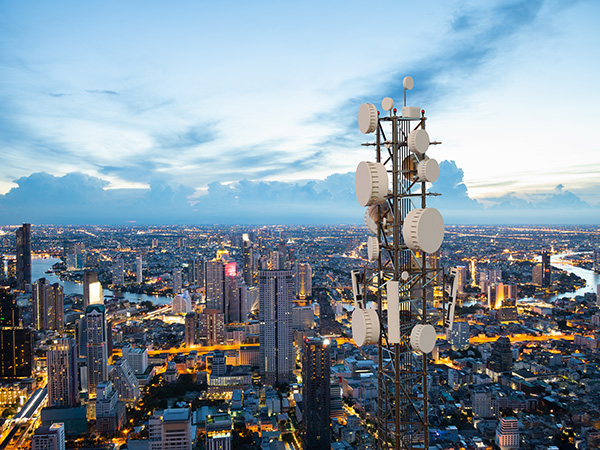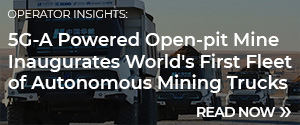At Huawei Connect 2025 in Shanghai, China, Eric Xu, Huawei’s Deputy Chairman of the Board and Rotating Chairman, gave a keynote speech entitled “Groundbreaking SuperPoD Interconnect: Leading a New Paradigm for AI Infrastructure.”
During the event, Xu unveiled Huawei’s newest SuperPoDs - a single logical machine made up of multiple physical machines - and SuperClusters - large-scale computing clusters comprised of multiple SuperPoDs. With these, Xu explained that Huawei will be able to provide abundant computing power for ongoing, rapid advancements in AI, both now and in the future.
The Atlas 950 SuperPoD (which features 8,192 Ascend NPUs) and the Atlas 960 SuperPoD (with 15,488 Ascend NPUs) are built with Huawei’s Ascend 950DT chips. These two SuperPoDs will deliver an industry-leading performance across multiple key metrics, including the number of NPUs, total computing power, memory capacity, and interconnect bandwidth. Based on publicly announced product roadmaps from peers in the industry, these SuperPoDs are currently the most powerful in the world.
Huawei’s TaiShan 950 SuperPoD is the world's first general-purpose computing SuperPoD, which can be integrated with Huawei's distributed GaussDB multi-write architecture to provide a viable alternative to mainframes and mid-range computers, as well as Exadata database servers. Huawei is also introducing UnifiedBus2.0, an interconnect protocol aiming to help SuperPoDs function together smoothly over large scales.
Atlas 950 SuperCluster (with over 500,000 Ascend NPUs) and Atlas 960 SuperCluster (with over one million Ascend NPUs), which are large-scale computing clusters comprised of multiple Huawei SuperPoDs. Both will support both UBoE (UB over Ethernet) and RoCE (Remote Direct Memory Access over Converged Ethernet) protocols, offering improvements in static latency and mean time between failures (MTBF). These too are poised to outperform all other computing clusters on the market.
Noting that "Computing power is – and will continue to be – key to AI. This is especially true in China”, Xu outlined how Huawei has been working to create a new computing architecture and develop both computing SuperPoDs and SuperClusters that can sustainably meet long-term demand.
The interconnect technology required to connect massive numbers of chips and SuperPoDs over long distances while maintaining a reliable, high-speed, and low-latency connection represents a major bottleneck for large-scale AI computing infrastructure.
To overcome this challenge, Huawei has combined decades of expertise with a number of systems innovations to create the UnifiedBus, a groundbreaking interconnect protocol for SuperPoDs.
"SuperPoDs and SuperClusters powered by UnifiedBus are our answer to surging demand for computing, both today and tomorrow," concluded Xu. "Our goal is to keep pushing advancements in AI to create greater value."




































